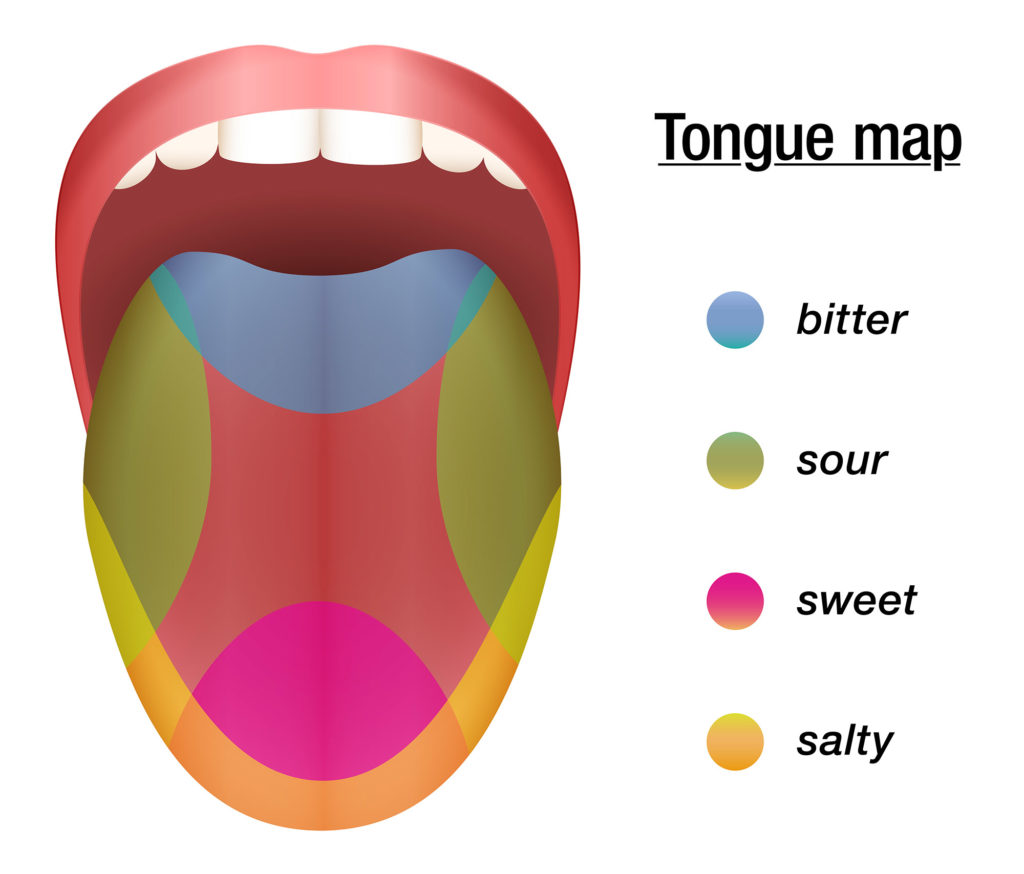
6b3 Senses HumanBio
The human tongue is a muscular organ that is covered by a thin mucous membrane. It lies partly in the mouth cavity and partly in the oropharynx. It is highly mobile and can be shifted into a number of different positions and also assume various shapes.
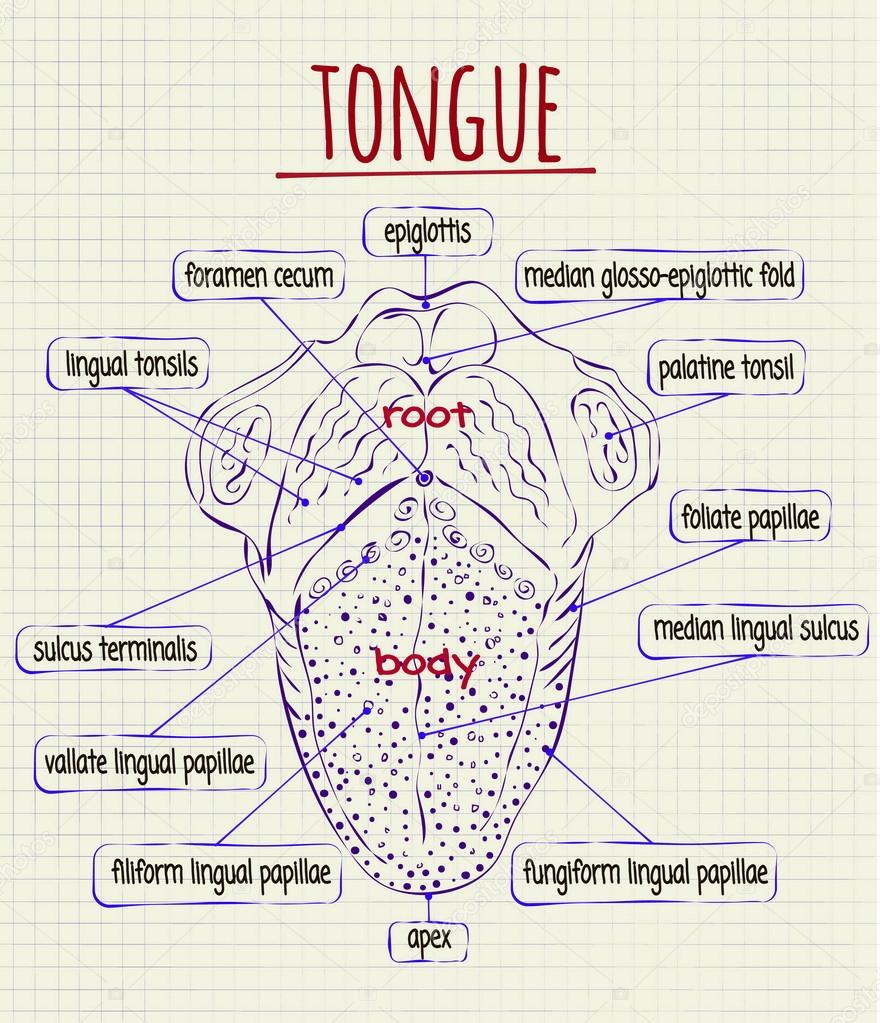
Diagram of the anatomy of human tongue Stock Vector Image by ©Silbervogel 83471906
Figure 1. A Sagittal view of the external muscles of the tongue, B sagittal and C anterior cross-section view of the internal muscles of the tongue. Figure 2. Sagittal view of the tongue in the oral cavity. B Superior view of the tongue. Figure 3. Inferior view of the tongue. Figure 4. Sensory innervation of the tongue. Figure 5.
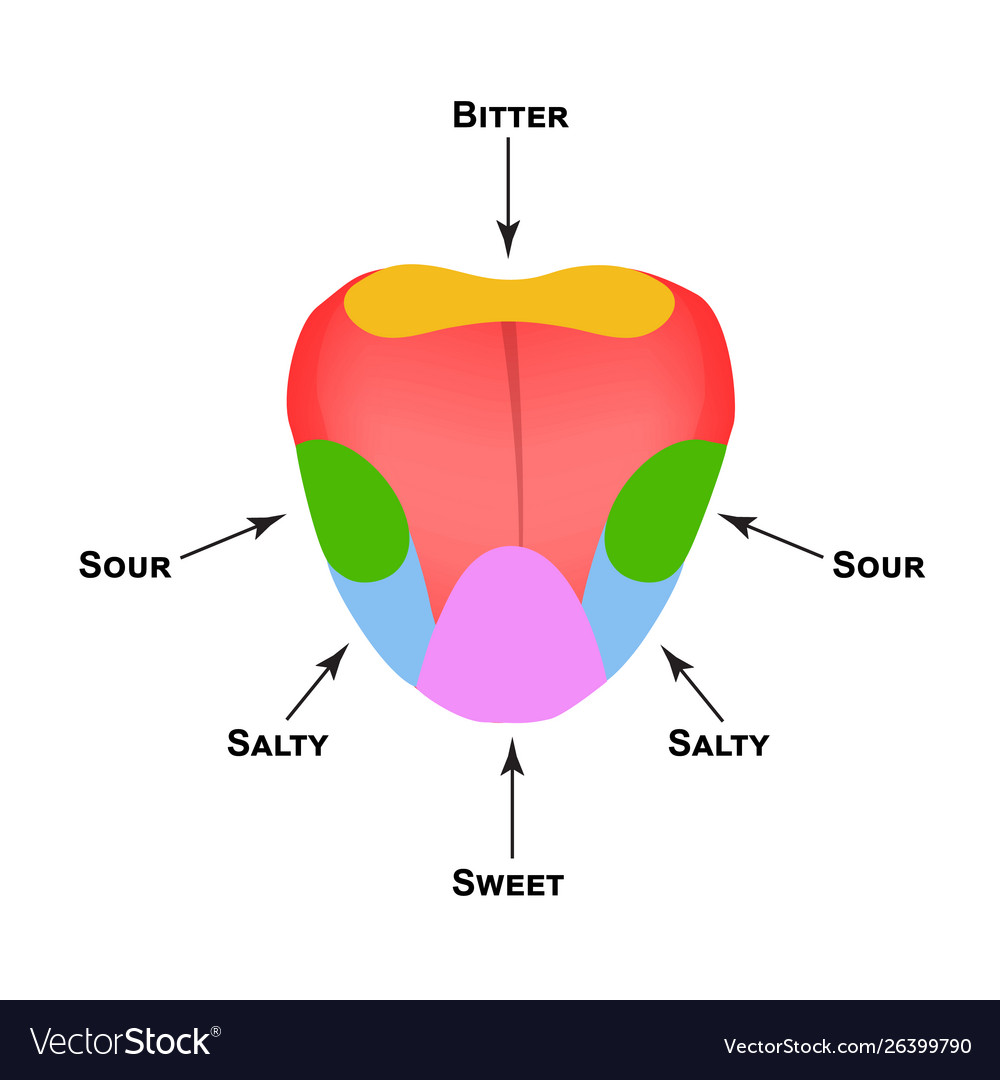
Anatomical structure tongue taste buds on Vector Image
Anatomy Function Associated Conditions Tests Taste buds are a small organ located primarily on the tongue. The adult human tongue contains between 2,000 and 8,000 taste buds, each of which are made up of 50 to 150 taste receptor cells. Taste receptor cells are responsible for reporting the sense of taste to the brain .
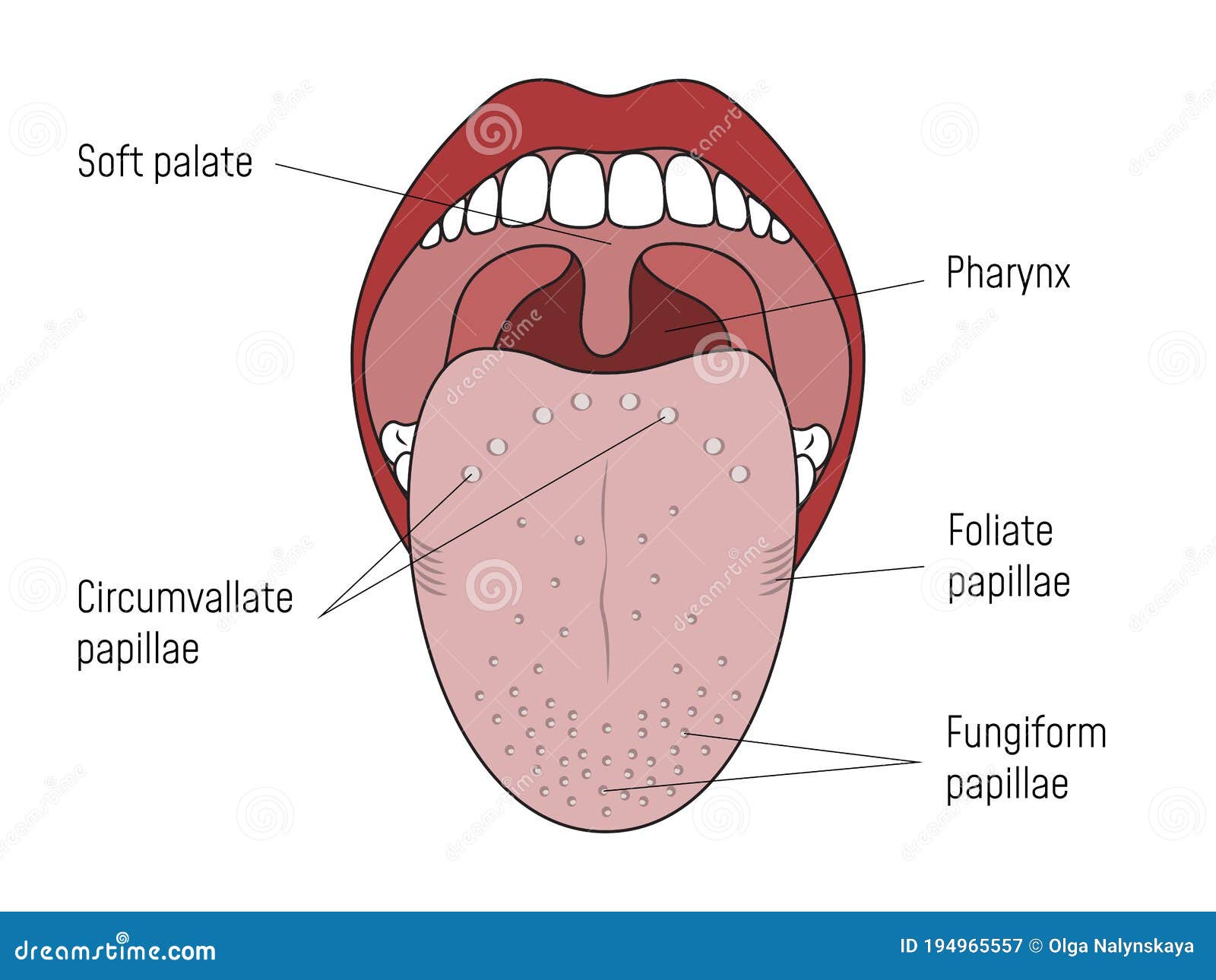
Lingual Gustatory Papillae and Taste Buds Human Mouth Stock Vector Illustration of biology
Overview. The tongue is a mass of muscle that is almost completely covered by a mucous membrane. It occupies most of the oral cavity and oropharynx. It is known for its role in taste, but it also assists with mastication (chewing), deglutition (swallowing), articulation (speech), and oral cleansing. Five cranial nerves contribute to the complex.

Tongue Surface Anatomy of the Tongue Head and Neck Human Anatomy YouTube
Anatomy Where is the tongue located? Your tongue runs from your hyoid bone (located in the middle of your neck) to the floor of your mouth. Advertisement What is the tongue made of? Your tongue is mostly made of muscles.

Anatomy of Tongue Biology Ease
Lips and Tongue: Anatomy. The lips are the soft and movable most external parts of the oral cavity. The tongue, on the other hand, is a complex muscular structure that permits tasting and facilitates the process of mastication and communication. Together, these structures play an important role in each of these vital processes.

Anatomy and Physiology Sensory Perception
Well-labelled Diagram of Human Tongue Tongue Structure The human tongue can be distinguished into three segments: the base, body, tip, or apex. The apex is present immediately behind the incisor teeth and is considered a mobile aspect of the tongue. It is followed by the body, which has rough superior and smooth inferior surfaces.

Dorsal Surface Of Tongue , Png Download Tongue Diagram Simple, Transparent Png , Transparent
Human body Digestive System Tongue Tongue The tongue is unique in that it is the only muscle that isn't connected to bone at both ends. It is connected on one end to the hyoid bone, which is.

Structures of the Tongue Diagram Quizlet
Anatomical Structure of Human Tongue (With Diagram) | Biology Article Shared by ADVERTISEMENTS: In this article we will discuss about the anatomical structure of human tongue with the help of suitable diagrams. Tongue (Fig. 9.5) is made up of three elements; epithelium, muscles and glands. The epithelium is stratified and non-cornified.

The Tongue Diagram Quizlet
The tongue is a muscular structure located on the floor of the oral cavity. It is the primary taste organ and plays a key role in the initial phases of swallowing. In this article, we shall look at the anatomy of the tongue - its structure, innervation and clinical correlations.

Tongue Anatomy Diagram
The tongue is a muscular organ of the oral cavity and is an accessory digestive organ in the digestive system. It has many functions of which the most important are mastication, taste, swallowing, speech, and clearing the oral cavity.
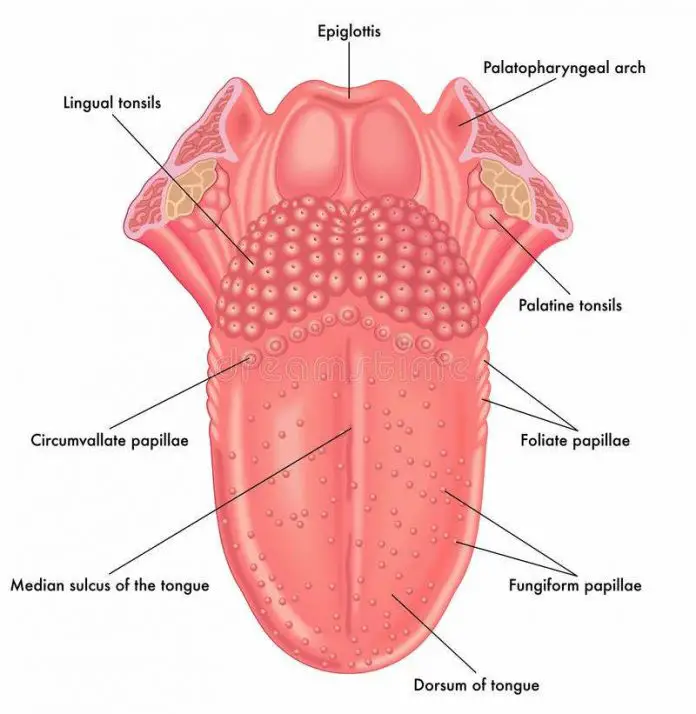
Diagram of tongue
It is made up of four pairs of muscles: 1 Intrinsic (entirely within the tongue): superior longitudinal, inferior longitudinal, vertical, and transverse muscles. Their role is to change the shape of the tongue, having a role in facilitating speech, eating, and swallowing.

Cartoon human tongue anatomy Royalty Free Vector Image
The base of the tongue refers to the postsulcal part that forms the ventral wall of the oropharynx, while the root of the tongue refers to a part of the presulcal tongue that is attached to the floor of the oral cavity. This article aims to discuss the development and gross anatomy of the tongue.
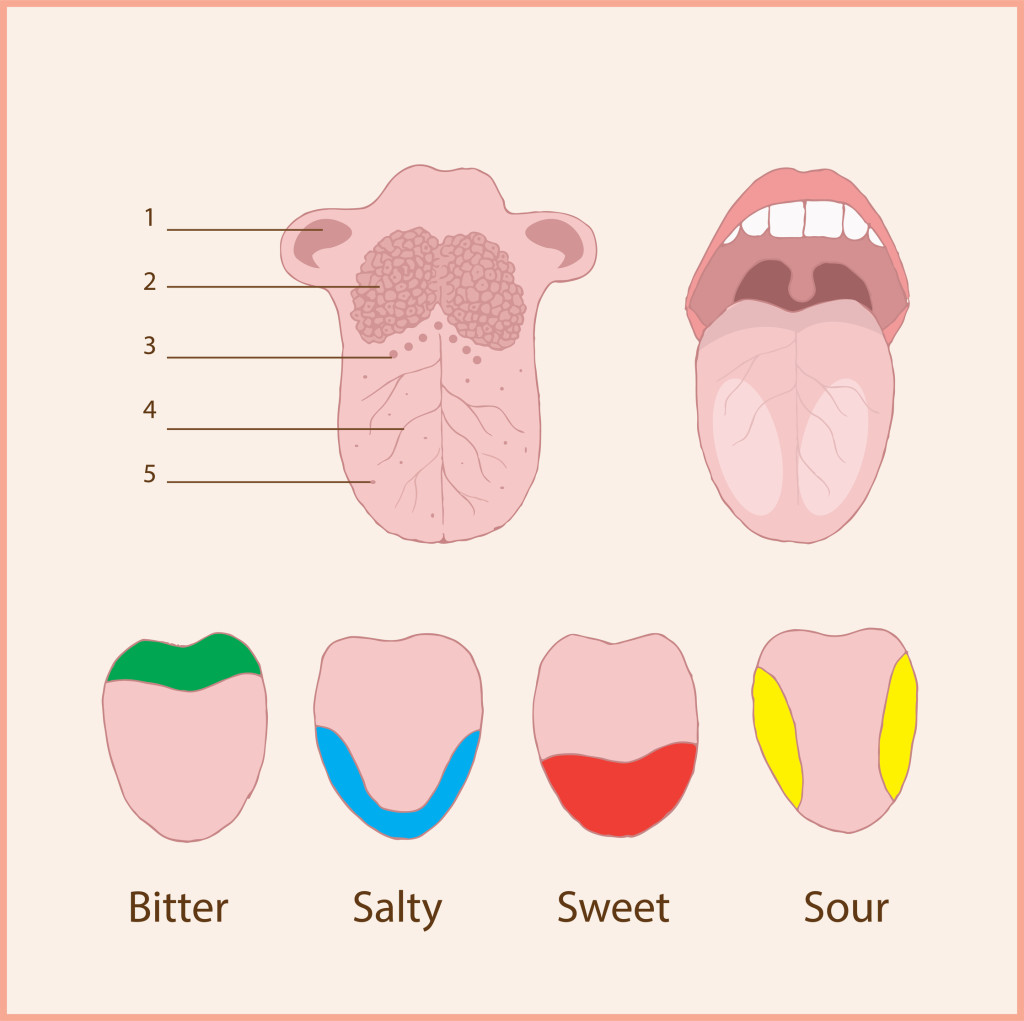
The Tongue
The taste buds are bulb-shaped structures responsible for taste perception, located within the lingual papillae and in the surface mucosa of the soft palate, oropharynx, epiglottis, and upper esophagus. It is the only extrinsic muscle of the tongue that is not innervated by the hypoglossal nerve but by the vagus nerve (CN X). Contraction of the.

Human Tongue Anatomy Human tongue, Tongue health, Anatomy
The tongue also determines whether a vowel is tense or lax. Both the "ee" and "ah" I discussed are tense—the schwa (ə), as in the first syllable of "maroon," is a good example of a lax vowel. You can read more about the anatomy and physiology of speech sounds here. For now, let's move on to the tongue's role in swallowing food.
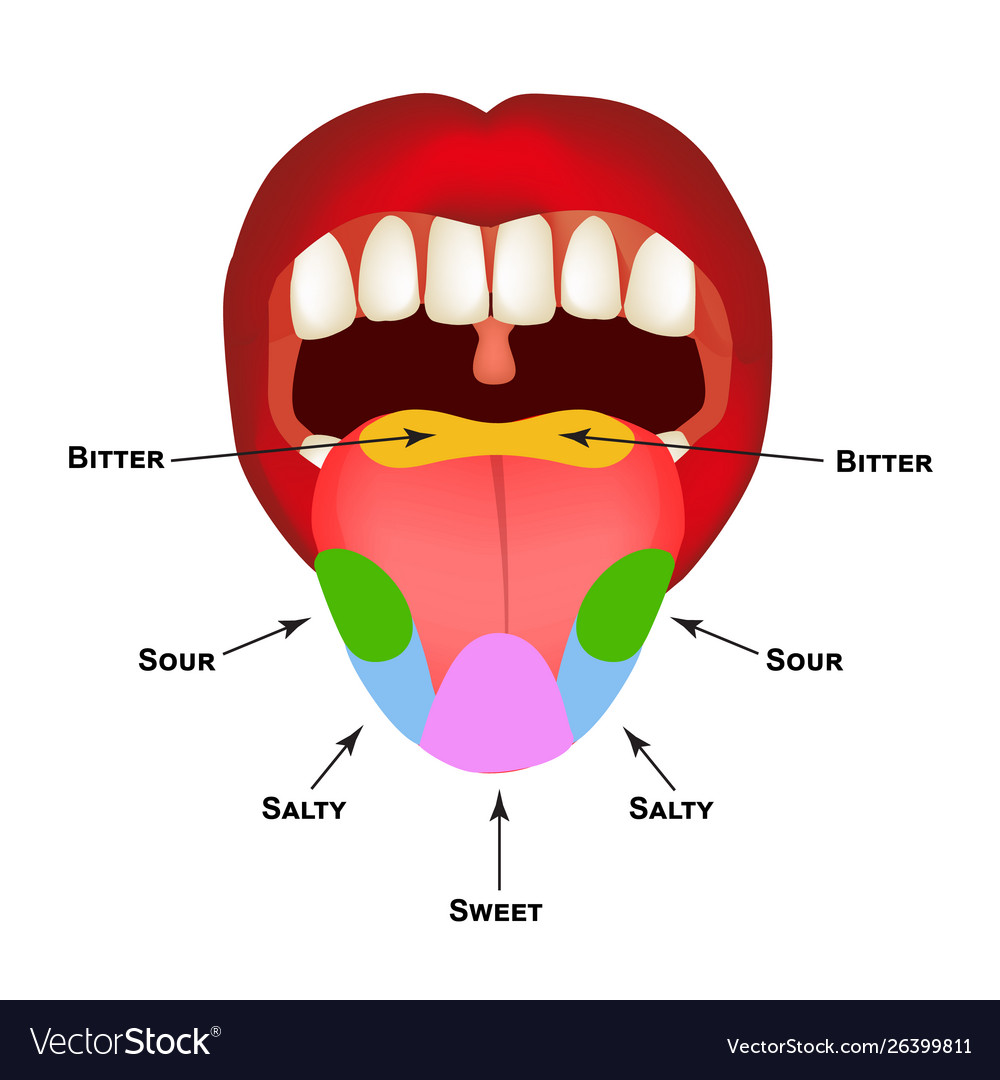
Anatomical structure tongue taste buds on Vector Image
3 min read Image Source © 2014 WebMD, LLC. All rights reserved. The tongue is a muscular organ in the mouth. The tongue is covered with moist, pink tissue called mucosa. Tiny bumps called.